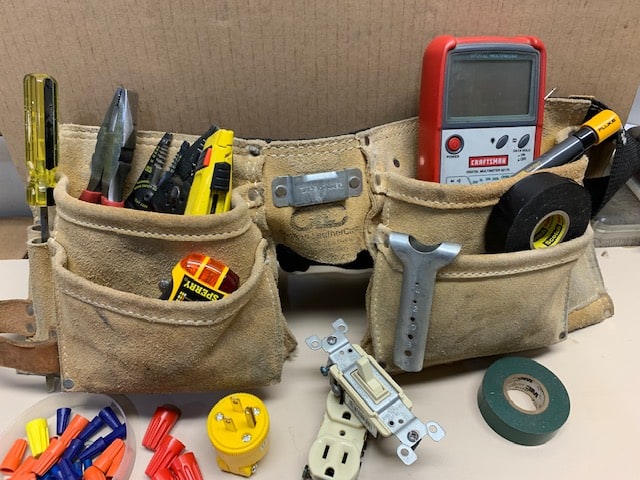Are you having trouble with a light switch or receptacle? Or maybe it’s time to update some old light fixtures in your home? With a few basic electrical tools, you can safely and easily handle some of these projects yourself. We’ll show you some of the basic tools you’ll need and go over some safe work practices to help you get started.
Some of you may cringe at the thought of working on anything electrical. If that’s the case, then by all means call an electrician to make any electrical repairs or install new electrical devices. It’s important to know your limitations. But the reality is that many electrical repairs are pretty straightforward and easy to do if you have some basic knowledge and the right tools.
According to the website “HomeGuide.com”, the hourly cost per hour to hire an electrician is between $40 – $100. They claim that “the average cost to hire an electrician for small jobs to repair or install outlets, fans, switches, or lights is $141 to $419”.
In previous articles, we’ve covered some of the “basic hand tools” and “carpentry tools” that every homeowner should start adding to their homeowner’s tool kit. These tools will allow you to make most household repairs and take on home improvement projects. With a few of these same hand tools, along with the basic electrical tools on our list below, you’ll be prepared to safely take on many electrical tasks at home.
In this article, we will be providing you with a few links to some products for pricing and informational purposes. We are required to let you know some of these links are “affiliate links”. This means if you click on a link and make a purchase, we could make a small commission, at no extra cost to you. This helps offset the cost of maintaining our website. Now, let’s get started.
Home Electrical Repairs Safety
Table of Contents
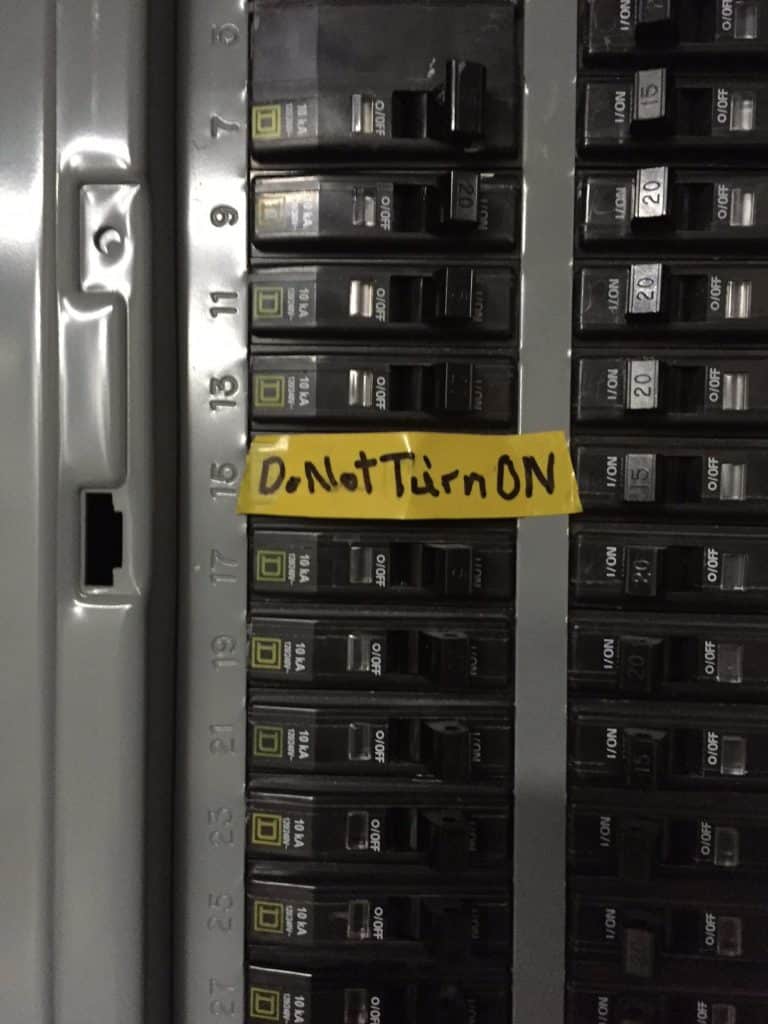
The first rule when working on any electrical device is to always turn off the power. There is a best practice safety procedure for this called “Lockout/Tagout”. It calls for turning off the electrical breaker for the circuit you’re working on before starting. It also suggests (a requirement in most industries) that you place a lock and/or tag on the breaker, so no one can accidentally turn it on while you are working.
Lockout/Tagout should be used in any repair project you make at home. There are several types of energy sources you can encounter when making repairs at home. For more information on other energy sources and how to protect yourself, I highly recommend reading our article on “Lockout/Tagout”. It’s a must for all projects.
Basic Electrical Tools
If you’ve read any of our articles, you might have noticed that safety is a high priority when working on any home project. Electrical projects are certainly no exception. A couple of the items on the list are personal protective equipment (PPE) safety-related items. They are commonly used on many home repair projects. For more PPE safety-related items, click on the above link to check out our article.
As promised, below is a list of some of the basic electrical tools you’ll need for making repairs and upgrades at home. We’ll look at each of these tools and what they’re used for. We will also provide some helpful resources for making some basic electrical repairs.
Note: It’s important to read all product instructions from the manufacturer fully before using them. There are many different types of tools and test equipment and they may differ from anything shown in this article.
Basic Electrical Tool List
Safety glasses – A must when working overhead (drywall, wood chips, and dust)
Gloves – Good for pulling wire (splinters, cuts) and using a utility knife to strip Romex wire insulation
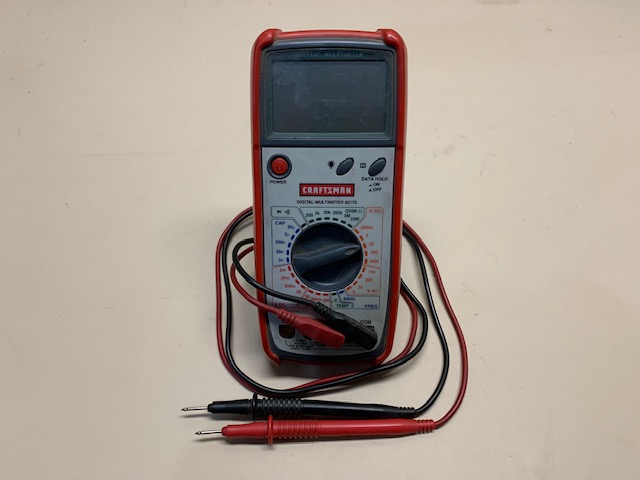
Voltmeter – Often referred to as a multimeter or volt ohm meter (VOM). These are the holy grail for electricians when testing and troubleshooting electrical issues. With a little practice, they are fairly easy to use and make a great addition to your electrical toolkit.
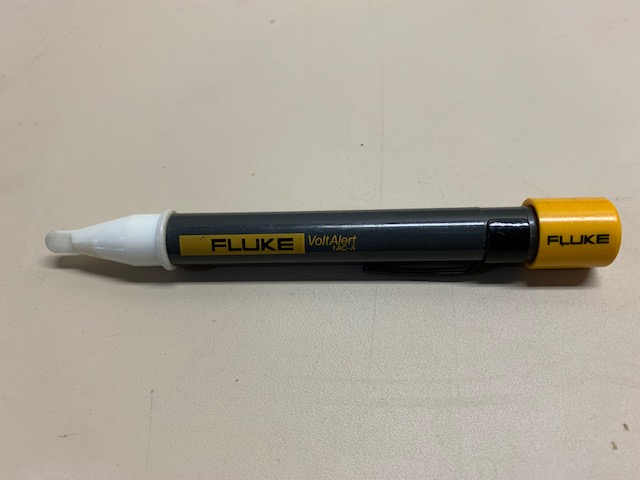
Non-contact voltage tester – Battery-operated device for checking the presence of AC voltage on a receptacle or exposed wire.
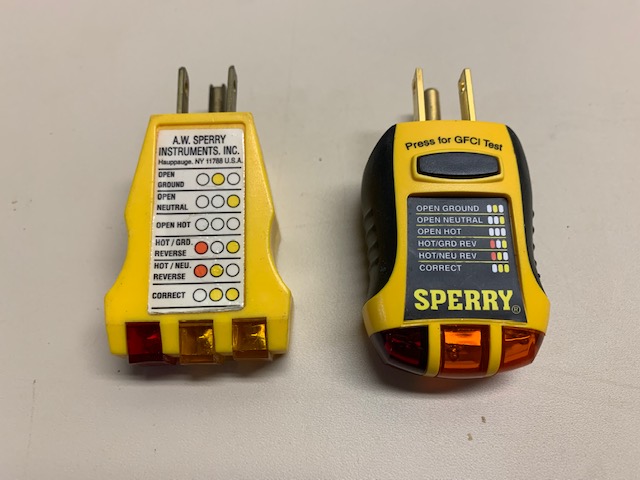
Receptacle tester – This is an easy-to-use plug-in receptacle tester. It not only shows if electrical voltage is present but also verifies that the receptacle is wired properly. Some testers even have a button that allows you to test GFCI receptacles (right tester in the above picture).
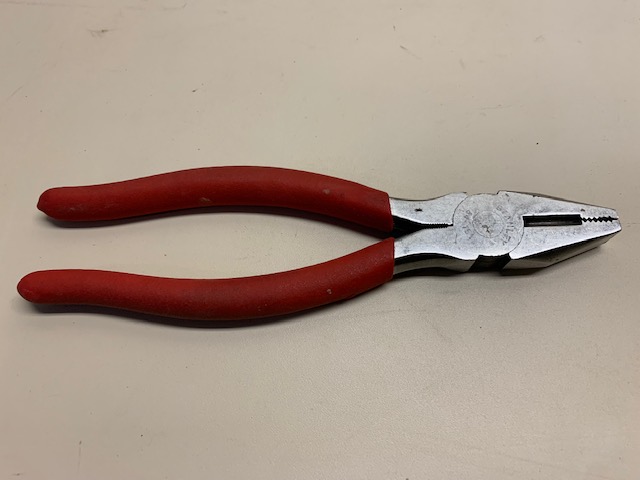
Lineman’s pliers – These are heavy-duty pliers that are great for cutting wires and for twisting wires together when making pigtail electrical connections. Check out our article on “best receptacle wiring” for more details on pigtail connections and wiring receptacles.
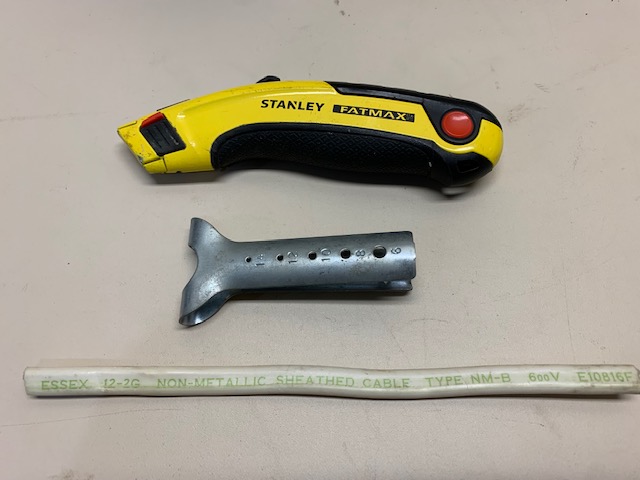
Romex wire stripper – These strippers are good for removing the outer Romex wire insulation, with a reduced chance of damaging the individual inner wire insulation. A Utility knife can be used too, but be careful of nicking or cutting the inner insulation. Never use wire with damaged insulation.
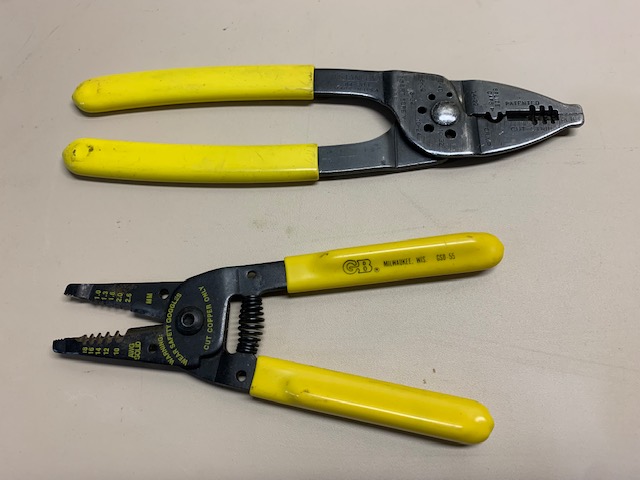
Wire strippers – Great for stripping the insulation off the individual conducts.
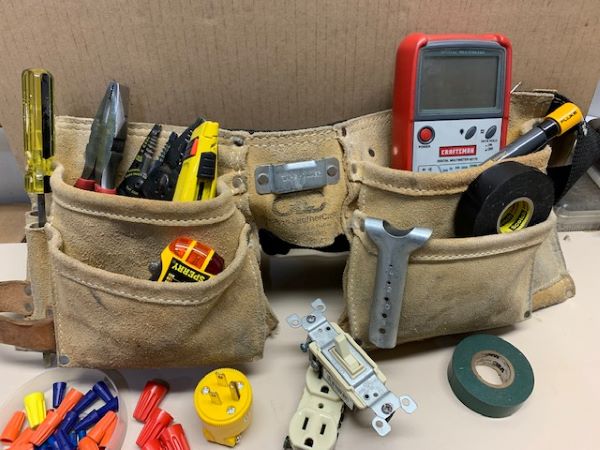
Toolbelt – A good quality, multi-pocketed tool belt is helpful for organizing your electrical tools. It’s extremely helpful when working from a ladder, so all your tools are within your hand’s reach.
Basic “crossover tools” – These are a few of the “basic hand tools” and “basic carpentry tools” we’ve recommended, in past articles, that every homeowner should add to their homeowner’s toolkit. They include items such as screwdrivers, needle-nose pliers, a hammer, tape measure, and a utility knife. Click on the above links to see what else you may want to be adding to your home toolkit.
Basic Electrical Tool Uses
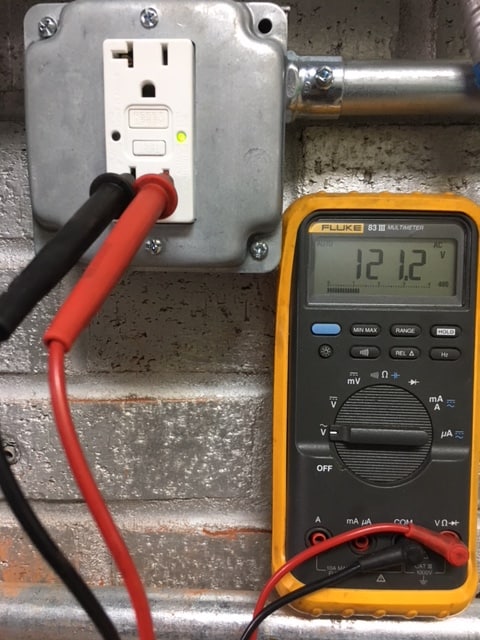
Once you’ve added a few of these electrical tools to your homeowner’s tool kit, here are a few of the items they can be used for. When repairing or making changes to any electrical equipment be sure to follow all local electrical codes and electrical wiring best practices. For more information check out our articles on “Home Electrical Wiring Basics” and “How To Wire An Electrical Outlet”. They have some good resources that may help you out.
Conclusion
Being able to replace an electrical outlet or upgrade a light fixture yourself can save you a lot of money. There are no hassles with finding an electrician for such a small job or the inconvenience of scheduling the work.
So start collecting some of these electrical tools, and do a little research, so you’re ready to tackle your next electrical project.
If you have any comments or questions, you can leave them in the comments section below or you can email us at [email protected]. FYI, we do not collect or share email addresses. We will only use them to reply to your comments or provide answers to your questions. We are also required to let you know that some of our links are “affiliate links”. This means if you click on a link and make a purchase, we could make a small commission, at no extra cost to you. This helps offset the cost of maintaining our website. So, if you like what you’ve seen, please be sure to give us a “Like” and “Share” on Facebook and Instagram too. Thank you for reading and good luck with all your home projects!

